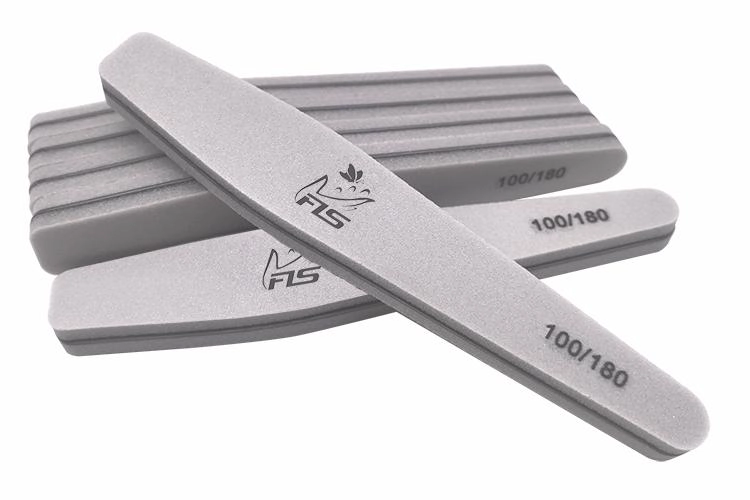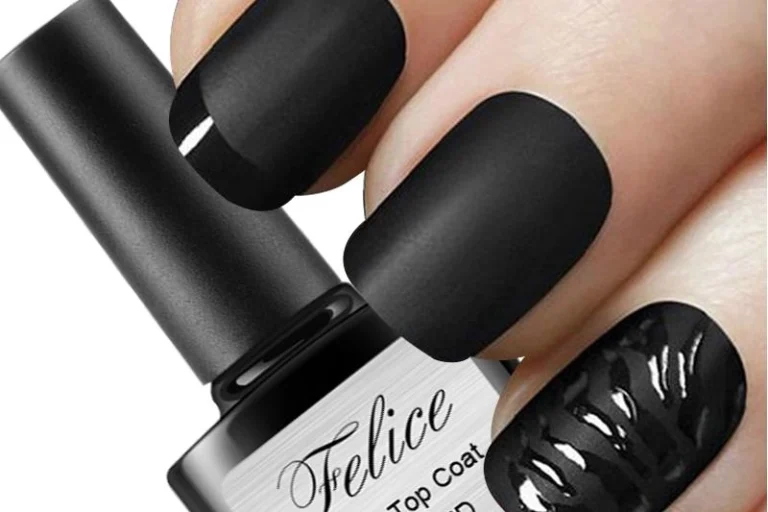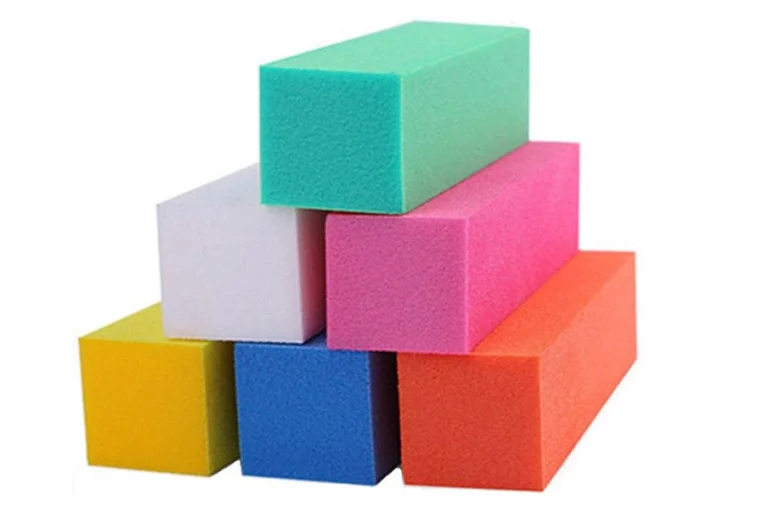Emery boards are essential tools in nail care, primarily known for their abrasive surface that helps shape and smooth nails. Understanding their components, particularly the materials used in their construction, can greatly enhance your nail care routine and help you achieve optimal results. Nail enthusiasts and professionals alike depend on emery boards for various applications, making it vital to compare the different materials to make informed choices.
Understanding the Basics of Emery Boards
Definition and Purpose of Emery Boards
Emery boards, typically used in the beauty industry, consist of a piece of wood or cardboard coated with emery, sandpaper, or similar abrasives. Their primary purpose is to shape and smooth nails, ensuring they have a polished and healthy appearance. These tools are versatile and can be utilized for both natural and artificial nails, making them an indispensable item in any manicure kit.
Common Uses in Nail Care
In addition to shaping nails, emery boards are also employed for finishing edges and removing rough spots. Many nail technicians use them during the manicure and pedicure processes to achieve a smooth nail surface. Furthermore, they play an important role in nail preparation before the application of polish or enhancements, ensuring that the product adheres properly and lasts longer.
Differences Between Emery Boards and Other Nail Files
While emery boards are a type of nail file, there are distinct differences that set them apart from other nail care tools. Emery boards tend to have a softer surface and are generally more flexible than traditional metal files. This flexibility makes them easier to use and less likely to cause splits or tears in the nail. Other nail files may provide a coarser finish, which is suitable for certain applications but may not be ideal for maintaining the health of the nails over time.
Types of Materials Used in Emery Boards
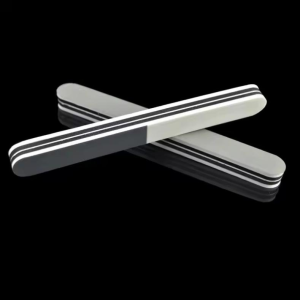
Paper-Based Emery Boards
Characteristics and Durability
Paper-based emery boards feature an abrasive coating adhered to a cardboard or paper substrate. They are often lightweight and easy to handle, making them popular for both personal and professional use. However, their durability is somewhat limited; they can wear down quickly, especially when used on tougher nail types.
Recommended Use Scenarios
These boards are most effective for light shaping or finishing tasks. They work particularly well on natural nails, where less abrasion is needed. Due to their gentle nature, they are a suitable choice for those who prefer a softer touch and want to avoid damaging the nail surface.
Metal-Based Emery Boards
Pros and Cons
Metal-based emery boards offer a more durable and long-lasting option than their paper counterparts. They typically feature a coarse, abrasive surface, making them ideal for more robust filings and shaping sessions. However, the harshness of metal boards can sometimes lead to damage or splitting of weaker nails.
Suitable Applications for Professional and Personal Use
Metal boards are often used in professional settings due to their ability to quickly and efficiently refine nail shapes. They can be especially beneficial for those with thicker or artificial nails. However, caution should be exercised, as improper use on natural nails can lead to unwanted damage.
Glass/Crystal Emery Boards
Smoothness and Longevity
Glass or crystal emery boards are renowned for their smooth surfaces and gentle touch, providing a higher degree of comfort during use. They are designed to last significantly longer than traditional paper boards, and their non-porous surface helps to prevent the accumulation of bacteria, ensuring a hygienic choice for nail care.
Ideal Situations for Glass/Crystal Usage
These types of emery boards are particularly well-suited for sensitive nails as they do not generate the friction that can sometimes harm weaker nail types. Professionals and personal users alike should consider glass boards for achieving a polished finish, as they can effortlessly shape and smooth without risk to the nail’s integrity.
Sandpaper Emery Boards
Abrasiveness Levels
Sandpaper emery boards provide a unique blend of flexibility and abrasiveness, adapting well to the curves of the nail. The grit used in sandpaper boards can vary significantly, making it important to choose the right level based on the specific filing needs. They may offer both coarse and fine filing edges.
Practical Uses for Different Nail Types
These boards are particularly efficient for removing length and shaping the tips of nails, regardless of whether they are natural or artificial. Due to the range of grits available, sandpaper boards are often favored by both casual users and professionals for their versatility.
Comparing the Effectiveness of Different Materials
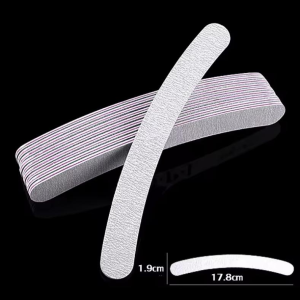
Long-term Durability Considerations
When considering longevity, glass and metal emery boards tend to outperform paper and sandpaper options. Glass boards can be effectively sanitized, while metal boards resist deteriorating under regular use. Paper boards may need to be replaced frequently, which can add to the overall cost of your nail care routine in the long run.
Comfort and Ease of Use Analysis
User experience varies depending on the material. Glass and paper emery boards typically offer a more comfortable filing experience, while metal boards might require more skill to avoid damage. The choice ultimately comes down to individual preferences and the specific needs of the nails being treated.
Impact on Nail Health
Proper use of the right emery board material can contribute positively to nail health. Gentle options, such as glass and paper boards, minimize the risk of splitting or tearing, while harsher choices like metal boards may necessitate extra care to prevent damage. A balanced approach will ensure that nails not only look good but remain healthy over time.
Why Material Choice Matters in Emery Boards
Effect on Manicure Quality
The choice of material in an emery board directly affects the overall quality of a manicure. Materials like glass or crystal tend to provide a finer finish, resulting in smoother and more polished nails. Conversely, paper and sandpaper boards may pose a risk of rough edges if not used correctly, leading to a subpar manicure. Choosing the right emery board material can elevate the nail care experience, ensuring that nails appear beautifully shaped and healthy.
Influence on Nail Health Over Time
Over time, the material of an emery board can have considerable implications for nail health. Softer materials, such as those used in glass or crystal emery boards, minimize damage, helping to maintain the natural integrity of nails. On the other hand, frequent use of harsh materials, such as metal boards, can promote splitting, tearing, and thinning of the nail plate. An informed decision regarding emery board selection can significantly impact the longevity and overall health of nails.
Cost vs. Value in Material Selection
When selecting an emery board, it is essential to balance cost against the value of the materials used. While cheaper options, like paper emery boards, may seem appealing initially, their frequent replacements can accumulate significant costs over time. Higher-quality products, such as metal or glass boards, may come with a higher upfront price but often last longer, provide better results, and require less frequent replacement, representing a more valuable long-term investment in nail care.
Felice’s Range of Emery Board Products
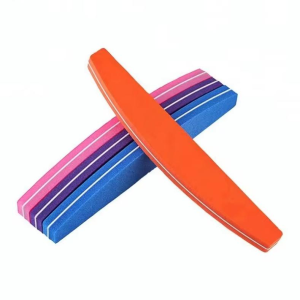
Overview of Felice’s Product Lineup
Felice offers a comprehensive range of emery boards crafted from various materials, catering to different user preferences and needs. From sturdy metal boards to gentle glass options, Felice ensures that all bases are covered for both personal and professional use. The variety allows customers to select products based on their nail type, desired finish, and level of expertise from Felice’ s products, making the nail care experience personalized and effective. Each emery board in their lineup is designed to meet high standards of quality and performance.
Highlighted Features of Each Material Option
Felice’s emery boards come in several materials, each showcasing unique features. The glass emery boards are non-porous, durable, and easy to sanitize, making them a hygienic choice for those who prioritize cleanliness in their nail tools. Metal boards offer a high level of durability and are suitable for heavy filing, while paper boards are lightweight and user-friendly for light tasks. Each product is thoughtfully designed to optimize user experience, ensuring that customers can achieve their intended nail look without compromising nail health.
Customer Reviews and Feedback Integration
Customer feedback plays a crucial role in enhancing product offerings at Felice. Reviews often highlight the exceptional quality and durability of glass emery boards, with users appreciating their ability to provide a smooth finish without damaging the nail surface. Many customers also commend the effectiveness of metal boards for tougher filing tasks, recognizing them as an essential tool for maintaining artificial nails. Incorporating customer experiences allows Felice to refine their products continually and provide solutions that truly meet the needs of their clientele.
How to Choose the Right Emery Board for Your Needs
Factors to Consider When Selecting an Emery Board Material
Choosing the perfect emery board involves considering several key factors. Firstly, one must evaluate the nail type and condition; for delicate or damaged nails, softer materials like glass are advisable as they minimize the risk of injury. Secondly, users should reflect on their filing habits and the level of abrasion they require; those needing heavy filing might prefer metal or sandpaper boards. Lastly, the frequency of use should dictate the choice depending on budget and durability; higher investment options like glass and metal offer longevity, making them more cost-effective in the long run.
Care and Maintenance of Different Types of Emery Boards
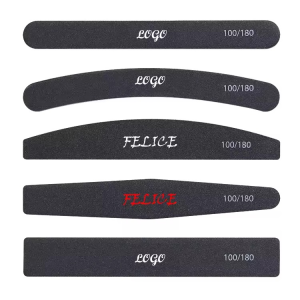
Best Practices for Keeping Your Emery Board in Good Condition
Maintaining the integrity of your emery board is essential to ensure optimal performance and longevity. Regular cleaning is one of the most crucial practices; it is important to remove any nail dust and debris after each use to prevent clogging the abrasive surface. This can be achieved by simply wiping the board with a wet cloth or rinsing it under warm water, particularly for glass and metal options, which are less susceptible to damage from moisture. Additionally, storing your emery board in a protective case or pouch can help protect it from accidental scratches or abrasions when not in use.
Proper handling plays a significant role in the longevity of your emery board, especially for more fragile materials like paper. Avoid applying excessive pressure while filing to minimize wear and tear, and always use a gentle touch, allowing the abrasive properties of the emery board to work effectively without damaging the nail surface. For paper-based boards, consider transitioning to another material—like glass or crystal—once they begin to show signs of wear to maintain nail health. By following these best practices, you can extend the life of your emery board and ensure a consistent polishing experience.
Summary: Making an Informed Choice with Felice’s Expertise
With a variety of emery board materials available, making an informed choice requires understanding the unique properties and applications of each type. Felice provides a comprehensive selection of emery boards made from various materials, suitable for both professional and personal use. The brand’s commitment to quality ensures that users can find the ideal emery board tailored to their specific needs, whether they prefer the gentleness of glass or the sturdiness of metal.
In conclusion, understanding the characteristics and maintenance requirements of different emery board materials is key to enhancing the overall nail care experience. By choosing the right emery board from Felice’s diverse lineup, customers can enjoy efficient and effective nail shaping while promoting optimal health and aesthetics. The knowledge of how each material affects nail care will empower users to maintain not only beautiful nails but also the longevity and durability of their emery boards.

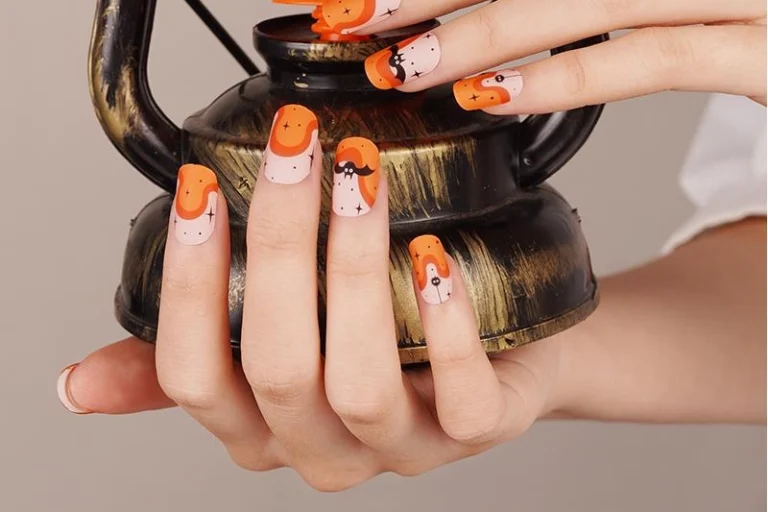
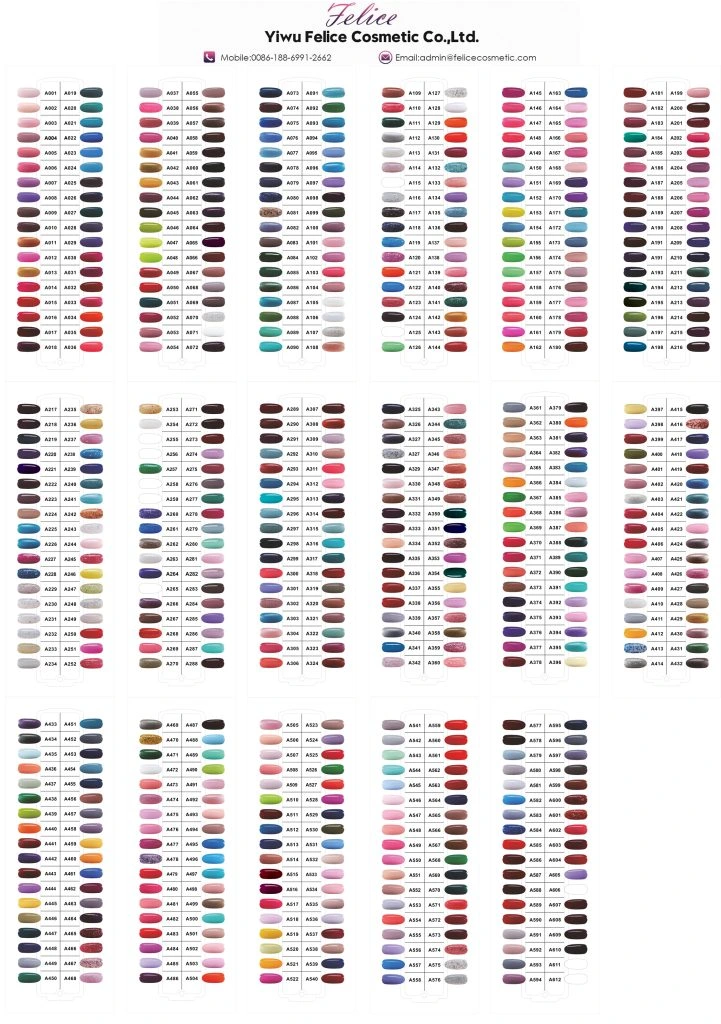
.webp)
